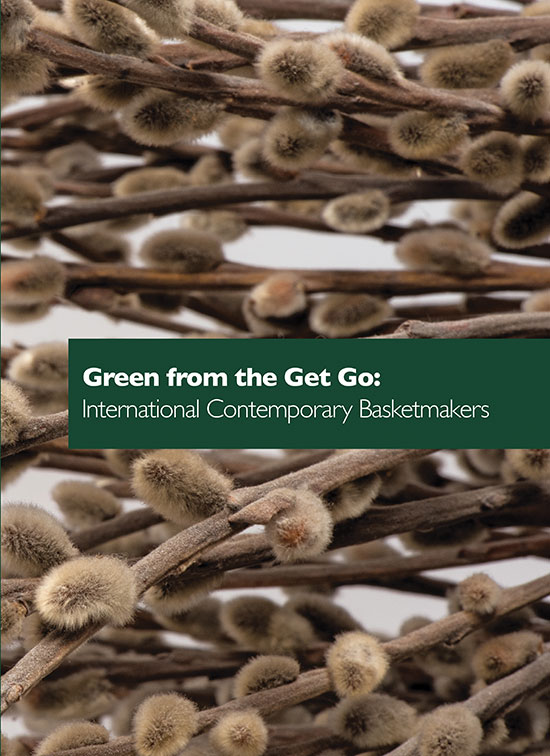 We are excited to announce that our 44th catalog, Green from the Get Go: International Contemporary Basketmakers, is now available at browngrotta.com. The catalog, photographed by Tom Grotta, contains 132 full-color photos of artwork from browngrotta arts’ current installation, Green from the Get Go: International Contemporary Basketmakers, on exhibit at the Morris Museum, in Morristown, New Jersey through June 26th. Green from the Get Go showcases more than 75 works by 33 artists from Canada, Europe, Japan, Scandinavia and the US — innovators in the genre of 20th-century art basketry as well as emerging talents. These artists take their inspiration from nature and the history of basketry but their inventive works challenge our conceptions of what a “basket” can be. In Naoko Serino’s Generating 12.2, for example, cylinders of spun jute, of varying degrees of transparency, stand in rhythmic, ethereal balance. The artist hopes that “an expression and dialogue will be produced, that the space would be created/generated in which there is a comfortable energy, expressions that will continue to exist in balance with the surroundings.” In Stéphanie Jacques’s Wall / Mur, we get not one basket, but a honeycomb — nearly a dozen basket spheres made of willow. Jane Balsgard’s Barkbaden boat shape is more literal — a willow frame covered in handmade paper — but the result is unexpected.
We are excited to announce that our 44th catalog, Green from the Get Go: International Contemporary Basketmakers, is now available at browngrotta.com. The catalog, photographed by Tom Grotta, contains 132 full-color photos of artwork from browngrotta arts’ current installation, Green from the Get Go: International Contemporary Basketmakers, on exhibit at the Morris Museum, in Morristown, New Jersey through June 26th. Green from the Get Go showcases more than 75 works by 33 artists from Canada, Europe, Japan, Scandinavia and the US — innovators in the genre of 20th-century art basketry as well as emerging talents. These artists take their inspiration from nature and the history of basketry but their inventive works challenge our conceptions of what a “basket” can be. In Naoko Serino’s Generating 12.2, for example, cylinders of spun jute, of varying degrees of transparency, stand in rhythmic, ethereal balance. The artist hopes that “an expression and dialogue will be produced, that the space would be created/generated in which there is a comfortable energy, expressions that will continue to exist in balance with the surroundings.” In Stéphanie Jacques’s Wall / Mur, we get not one basket, but a honeycomb — nearly a dozen basket spheres made of willow. Jane Balsgard’s Barkbaden boat shape is more literal — a willow frame covered in handmade paper — but the result is unexpected.
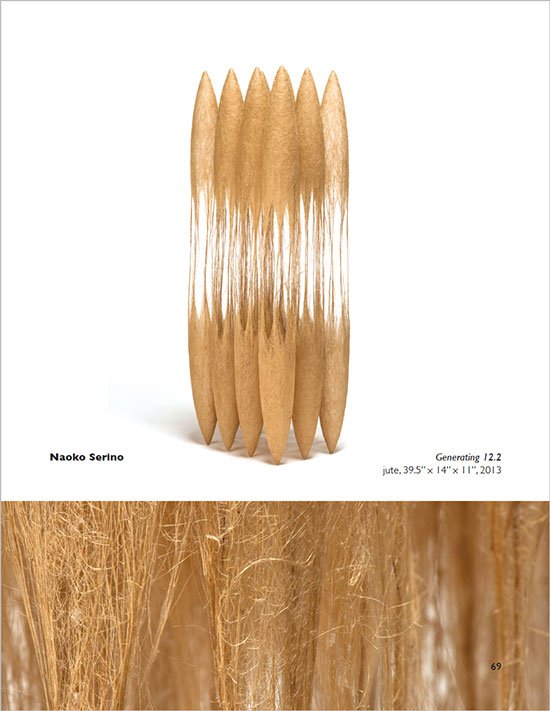
The artists in Green from the Get Go, “have a strong connection to the land, whether cultivated fields or wild prairies, marches, or forests,” writes Jane Milosch in her essay, The Entanglement of Nature and Man. “Several cultivate, harvest, and prepare the materials from which they construct their work. They have a respectful awareness of the origin of things, and of the interconnected aspects of nature and ecosystems, which are both fragile and resilient.” In 2011, Milosch, Director, Provenance Research Initiative, Smithsonian Institution and former curator, Renwick Gallery, Smithsonian Museum of American Art, approached browngrotta arts about mounting an exhibition featuring artists working in basket forms. Discussions quickly coalesced around designing an exhibition that would highlight these artists’ processes and techniques and shed light on their intimate connection to nature. Green from the Get Go: International Contemporary Basketmakers, the exhibition and catalog, featuring dozens of baskets, vessels and related objects of natural materials — bark, twigs, willow, cedar and bamboo, was the result.
The work in Green from the Get Go reveals a heightened sensitivity to the physicality of materials, one that honors the stewardship of nature by the artists’ choice and use of materials. That practice is under challenge, however. For Dona Look, collecting and preparation of the birch bark for her work is weather dependent and labor intensive. That process has grown more difficult as white birch trees, once prevalent in northern Wisconsin, have become harder to find due to climate change. Christine Joy has begun collecting a great amount of red mountain maple, as her neighbors in Montana remove it to protect their homes from forest fires. Mountain maple in it’s first year of growth is a beautiful burgundy and not too branchy, she says, but she did not use it until it was seen as a fire hazard. “The environmental factor of fire affected my material choices,” says the artist.
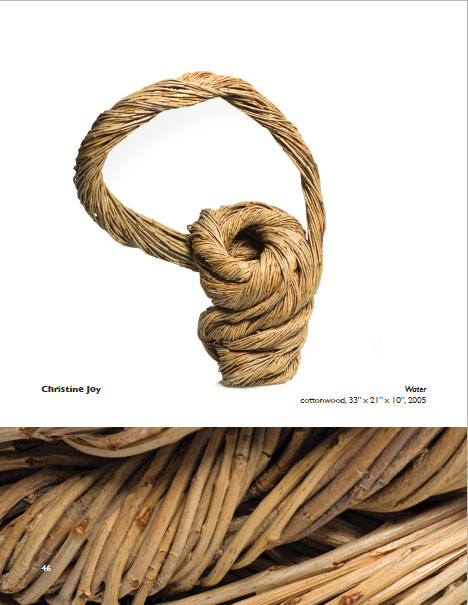 “These baskets feel complete, and at the same moment they invite human interaction and interpretation,” writes Milosch. Explore them in the catalog (www.browngrotta.com/Pages/c40.php.) and at the Morris Museum in Morristown, New Jersey from now until June 26th; www.morrismuseum.org/current-exhibitions/.
“These baskets feel complete, and at the same moment they invite human interaction and interpretation,” writes Milosch. Explore them in the catalog (www.browngrotta.com/Pages/c40.php.) and at the Morris Museum in Morristown, New Jersey from now until June 26th; www.morrismuseum.org/current-exhibitions/.

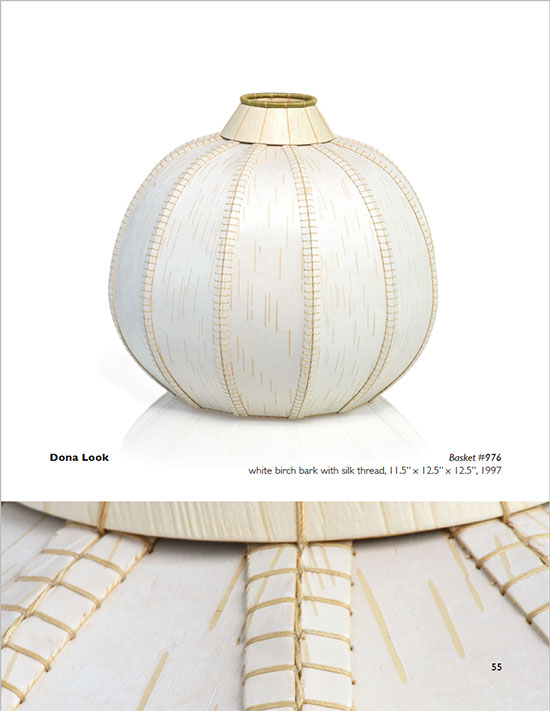

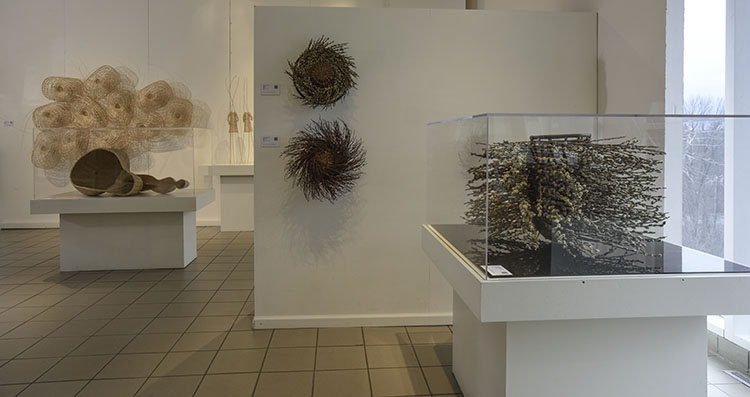
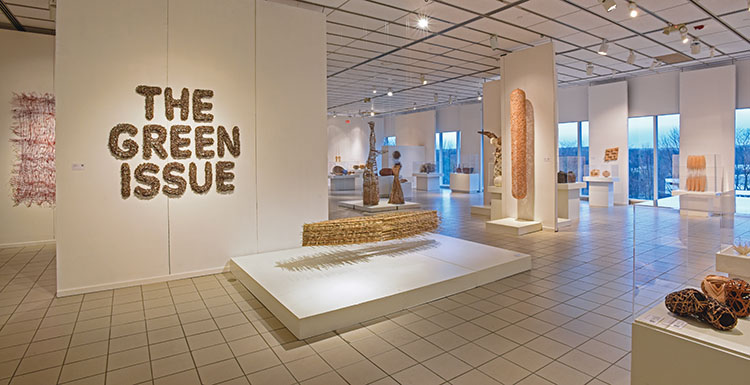

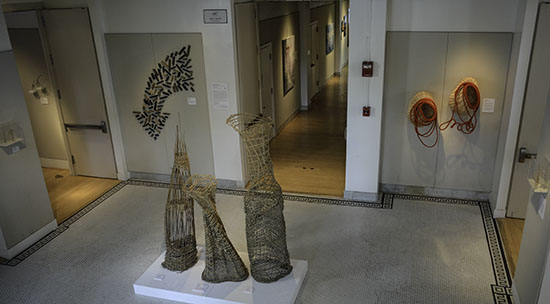
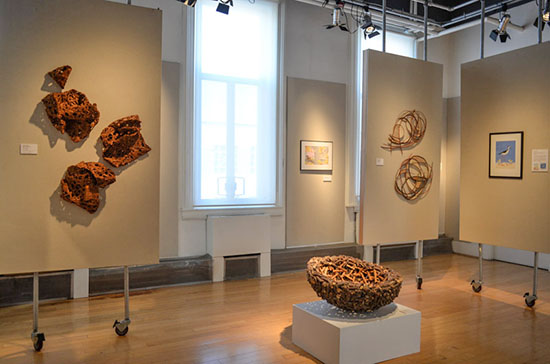
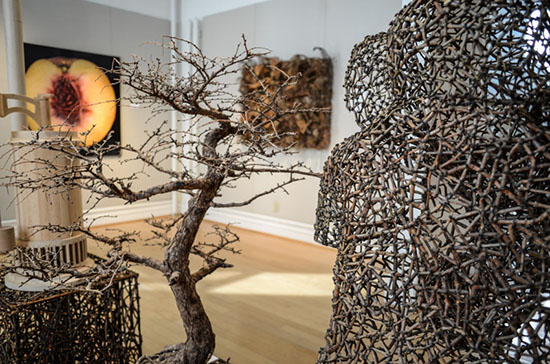

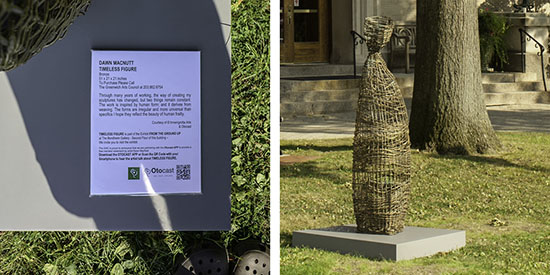
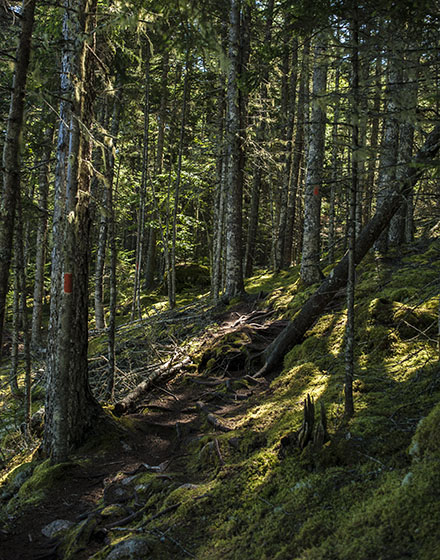
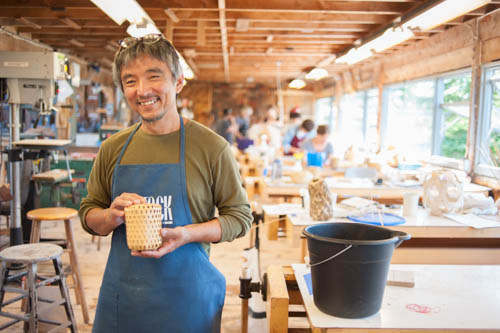
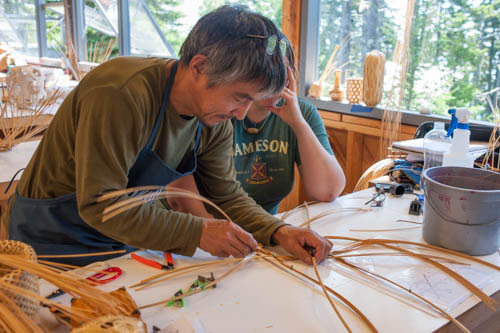
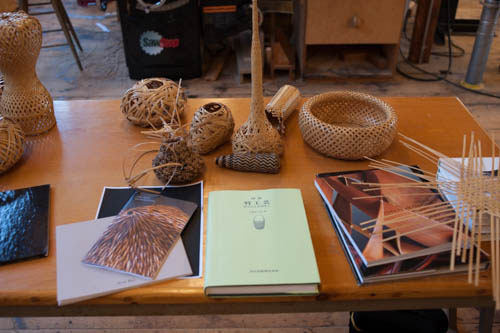
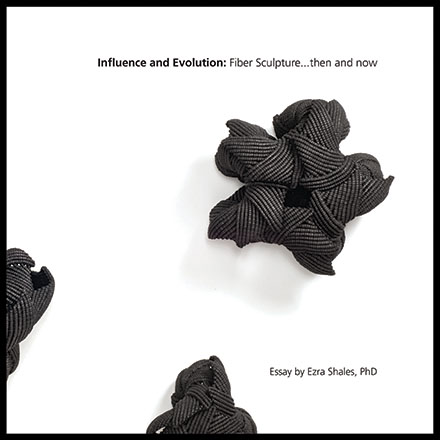

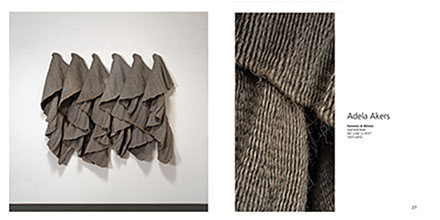
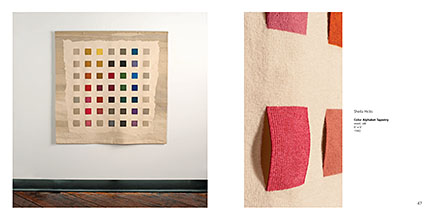
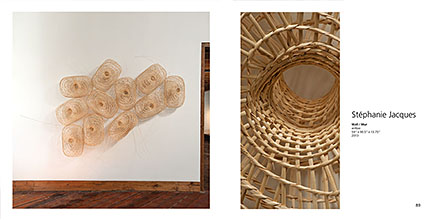

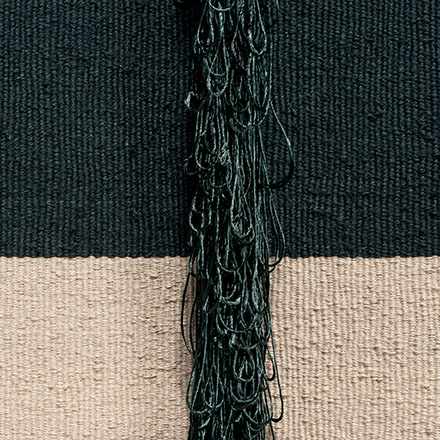
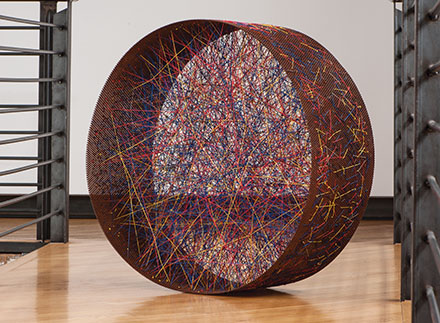


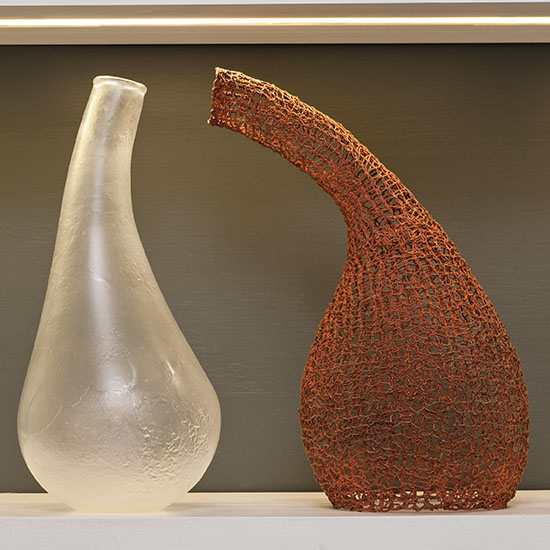
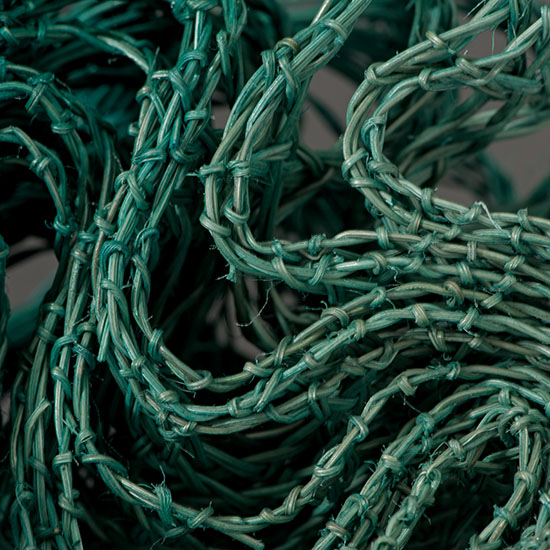
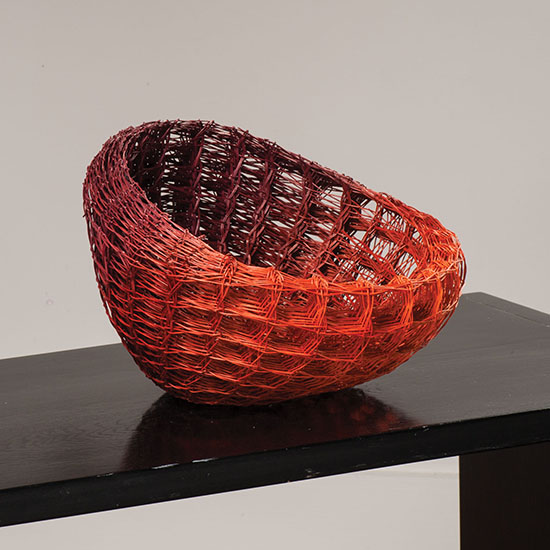
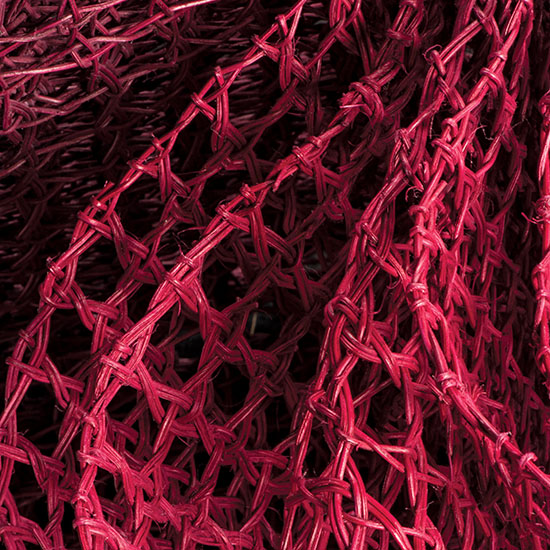

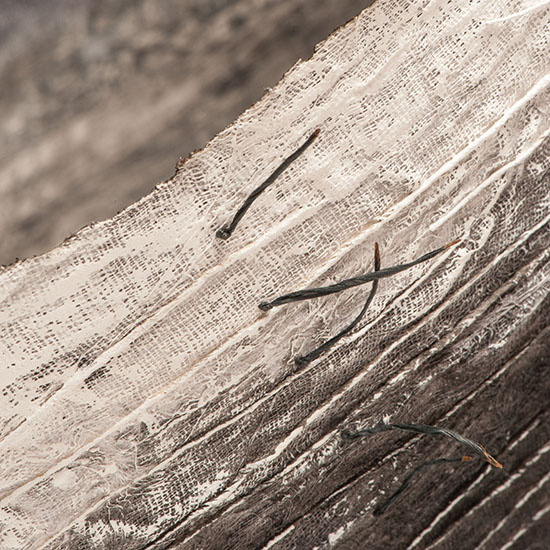
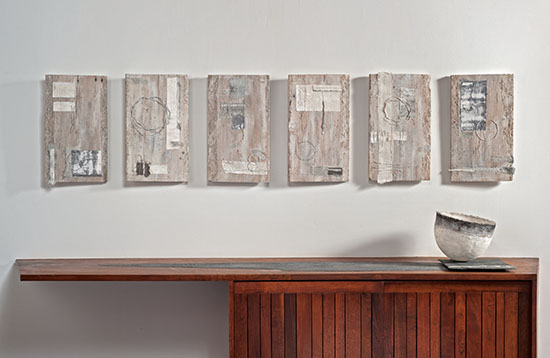
It’s Never Too Early: How to Buy Art in Your 20s
Lizzie Farey($1,800), Deborah Valoma($1,700) and Stéphanie Jacques($1,200). Photo by Tom Grotta
Thanks to the DIY movement and a mass of online and cable design and decor resources, we’ve never had more encouragement to create environments that inspire and invigorate. Art can be an essential element of such an environment and investing in art need not be a bank breaker. Domino, a curated site that encourages readers to “bring your style home,” offers several tips for buying art in your 20s, including not buying too big and not being afraid to invest http://domino.com/how-to-buy-art-in-your-twenties/story-image/all. We at browngrotta arts have a few additional thoughts:
INYO (95-2), Tsuruko Tanikawa, brass and iron wire, coiled and burned, 7.5″ x 6.5″ x 14″, 1995 ($1,200)
1) Think objects: If you are in your first apartment or are fairly certain that a move is in your future, Ceramics, Art Baskets, Glass sculptures can be easier to place in your next home than a large wall piece may be.
Naomi Kobayashi Red & White Cubes ($1,000 each)
2) Invest for impact: Prints are generally less expensive than originals, editions less expensive than a one off. And you will find that some mediums are, in general, priced more accessibly than others. Art textiles and fiber sculpture are an example. Work by the best-known artists in the field go for under a million dollars, compared to tens of million dollars for paintings by well-recognized artists. You can start small with works in fiber, ceramics and wood, and create a small, but well-curated, collection. Consider Naomi Kobayashi, a Japanese textile artist whose work is in the permanent collection of many museums, including the Metropolitan Museum of Art and whose work can be acquired for $1000. Or an up-and-coming artist like Stéphanie Jacques from Belgium, whose masterful multi-media works address issues of gender and identity, and begin at prices below $1500.
GRAY WITH BLACK, Sara Brenan, wool & silks linen, 12.5” x 19”, $1,900 photo by Tom Grotta
3) Take advantage of digital placement: Reviewing art online is a great way to expose yourself to a wide variety of work, and develop your personal aesthetic. Once you’ve found a work that appeals, digital placement can give you a greater level of confidence before you press “Buy.” At browngrotta arts, we ask clients to send us a photo of the space the propose to install the work. We can digitally install the piece, to scale and with shadow, so you have a sense of how will work there.
32pc CONSTRUCTION III, Pat Campbell, rice paper, reed, 8″ x 7.5″ x 5.5″, 2002
4) Document: If the work you purchase has appeared in a book or a catalog, make sure you get a copy. Ask the seller for any information he/she has on the artist for your files. On each artist’s page on browngrotta.com, you can find a list of publications in which the artist’s work appears. The documentation is good to have for insurance and appraisal purposes and you can watch as the artist’s cv —hopefully — expands in the next several years.
5) Buy for love: It’s great to learn 10 years down the road that a work of art you purchased has appreciated and is worth more than you paid for it. We’d argue, though, that if you’ve enjoyed owning it for 10 years, and thought each time you looked at it, “I really love that piece,” you’ll have gotten your money’s worth, and enriched your life in the process.